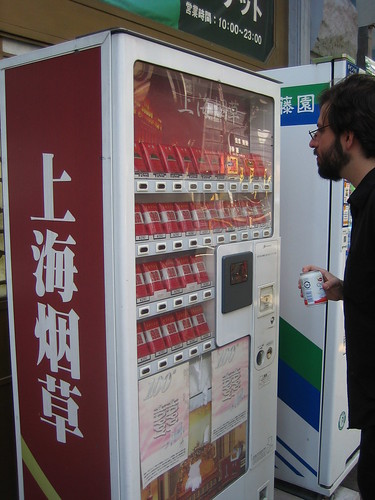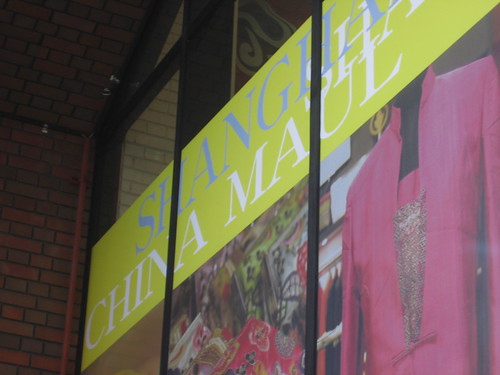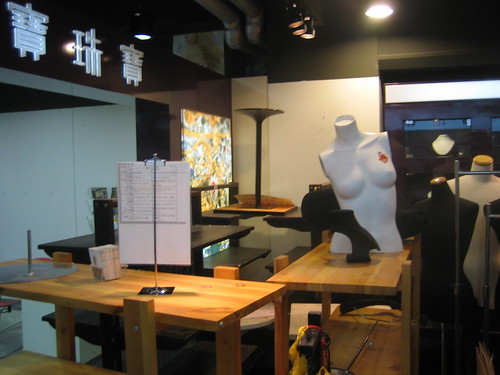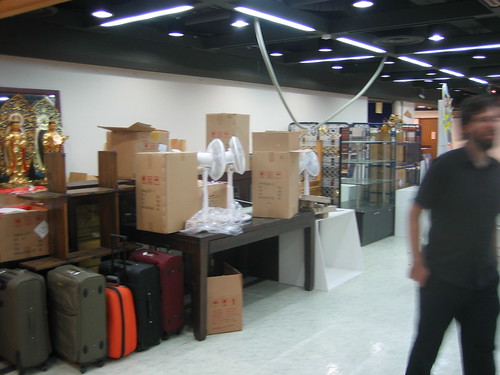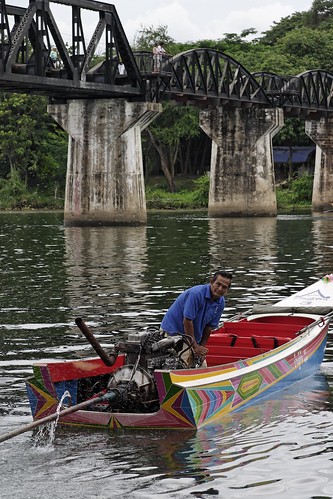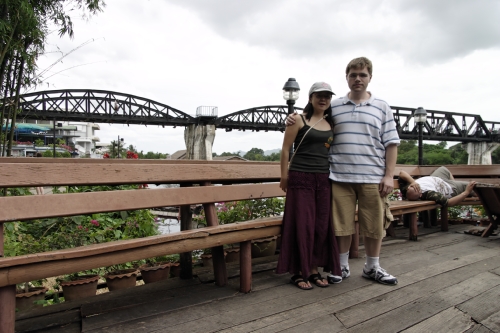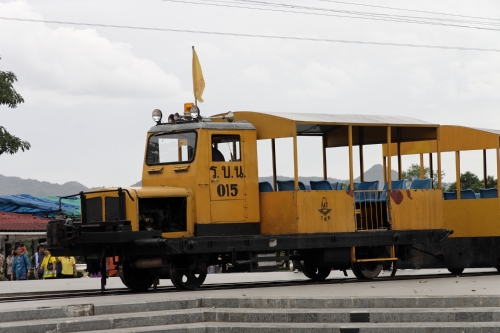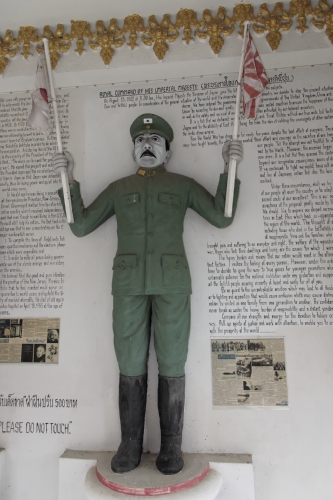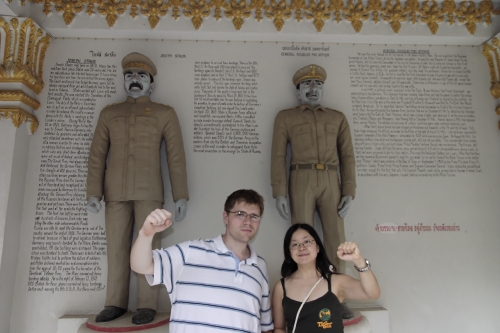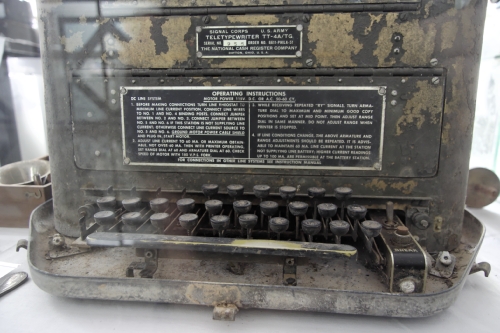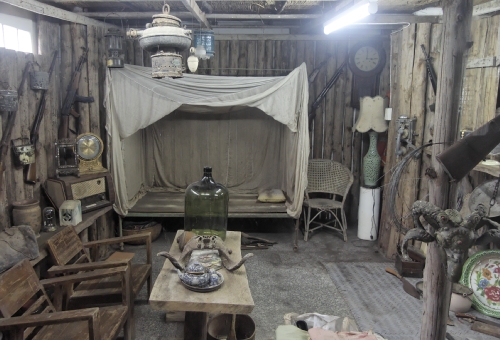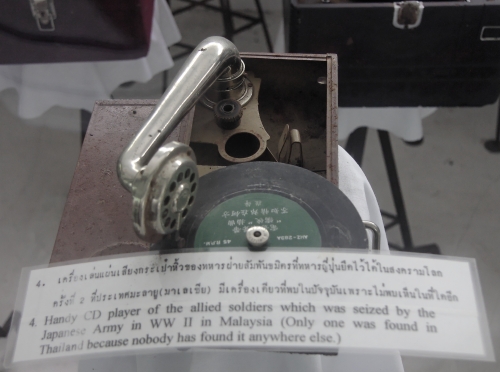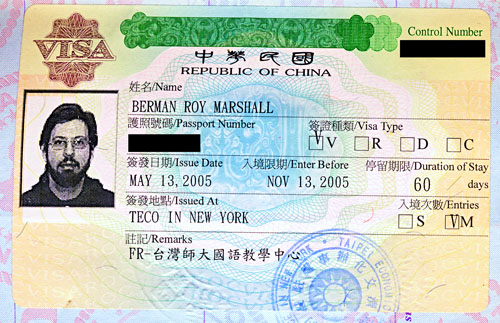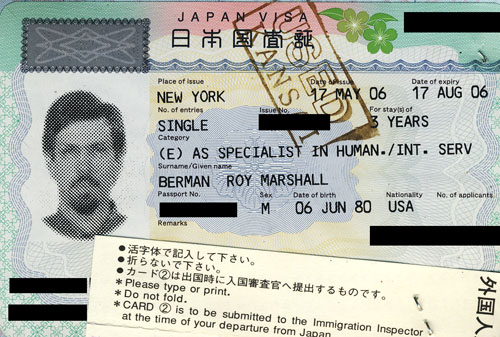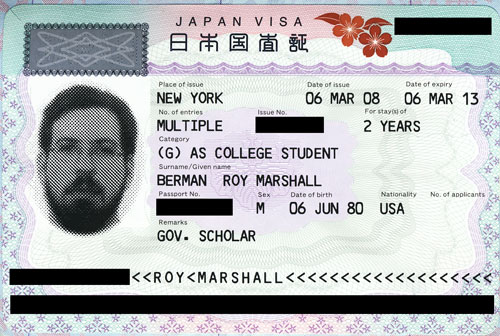Two of the three bloggers at Cominganarchy, who go by the online handles of, Curzon and Younghusband, were in the same university in Kyoto where Adam and I did our undergraduate study abroad exchange program while we were there. Curzon, like Adam and Joe, had previously participated in a one year high school study abroad exchange in a different part of Kansai (and a different program from the one Adam and Joe were on), and even before that-12 years ago now-had done a summer program in which he stayed for a month with a host family in Otsu, a small city in Shiga Prefecture located just across the mountains to the east of Kyoto.
Although Curzon spent his first few months of undergraduate study abroad living in the same international students dormitory that Adam and I later lived in (Curzon arrived before us), and which Younghusband had lived in a couple of years earlier, he soon moved out and into one of the very cheap and very old fashioned dormitories that lie somewhere on the continuum of housing between hovel and tenement, with facilities so bare that they would never even be considered a legal residence back in the United States. I say dormitory because while each resident has an individual room-which cost a measly 13,000 yen (around $130) per month-for that price you got just a room, with only a shared toilet and no bathing facilities anywhere in the building. This sort of arrangement used to be typical in Japan, where neighborhood bath houses are still common in many areas, but has understandably fallen out of fashion in a period when most people can afford better.
When I returned to Kyoto earlier this year, I spent the entire month of April living in the spare bedroom of a friend’s apartment, down in Kyoto’s far southern ward of Fushimi so that I would have a base from which to look for someplace else to live. Since I have another friend who was in fact studying with Cuzon, Adam and I back in 2002-03 who will be moving back to Kyoto in September to engage in some other study program, we had decided that, so we would be able to live cheaply and yet still have a decent amount of space, we would rent a house to share after he arrived. However, not wanting to be stuck with a double share of rent for the intervening months, I decided that it would be best to find somplace both cheap and temporary, and if at all possible also located close to campus.
The biggest difficulty here has to do with the way rental leases are often structured in Japan. Even when the actual monthly rent is low, is it typical here to pay an outrageous reikin (often translated as “key money” equal to several months rent, in addition to a month or two of rent upfront, and a deposit equal to a couple of months rent. I considered living in one of those foreigner guest houses for a couple of months, but I visited one and it seemed fairly lame, and I thought I could do cheaper. And I did. I managed to get very lucky and find a place which is very cheap, very well located, and has a contract that I can leave with no penalty. The building is, rather oddly, owned by a monk who actually lived inside the temple on Hiezan, the holy mountain on the NE corner of Kyoto, who is so seriously monk-y that he spent twenty years engaged in a special Esoteric Buddhist meditation where, although he could interact with people, he did not leave the mountain at all. Needless to say, his grasp of modern technology is rather weak.
The apartment is, while old, low-class, and rundown, is however, unlike Curzon’s aforementioned former place, actually an apartment. A small one, to be sure, (a single 6-tatami room and a 2.5 tatami kitchen area separated by sliding doors) but with a (very basic) kitchen, a (Japanese style) toilet, and a bath. What it lacks, however, is a shower. And the bath tap only produces cold water, so you have to fill it up, heat it up with the gas bath heater-that very annoyingly must be turned on from the veranda- and then wash yourself by sitting next to the tub and pouring water on yourself in a sort of poor-man’s psuedo-shower. But, at least there is an air conditioner. While far from ideal, the price was right. ¥25,000 a month, with no reikin, and only a one-month deposit that the monk landlord promises I will get back as long as there is no extraordinary damage. But considering the ragged tatami and old paint that was here when I moved in, the bar for that was set low. I believe that this is the lowest price you could possibly get in Kyoto for a room with private bath, and while on the shabby side, is still a solid two or three steps above the ¥13,000 room.
The landlord occasionaly drops off various gifts, senbei, expensive chocolates, fancy tea, etc. which I find hanging on my door handle every few weeks when I get home from somewhere. These are most likely gifts brought to the temple by parishioners, which the monks then redistribute for some reason. Two days ago I returned home to find a new treat, with an envelope containing the following note attached.
Mr. Roy Berman
It is my very pleasure and astonishment that you and Mr. Curzon my acquaintance should be good friends from the same province.As you know, he stays in Tokyo now, and orders me to serve you as possible!
Koutai
Naturally perplexed, I emailed Curzon to see how this might be, and it turns out that Mr. Koutai (first name) was a friend of Curzon’s host father from his very first stay in Japan, 12 years ago in Otsu. The hostfather had taken the then-teenaged Curzon up Hiezan to meet the monk, and they met again a couple of weeks ago when Curzon visited the old host father in Otsu.

